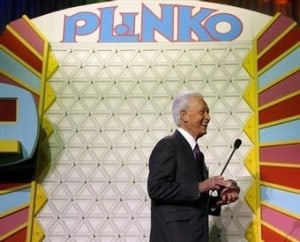Organizations want to believe they are doing enough for IT asset disposition. Naturally, none wish to think they aren’t, especially regarding privacy protection.
Too often, however, cognitive dissonance prevents an objective assessment of actual achievement. Unfortunately, organizations unwilling to examine the facts unwittingly increase their liability and legal exposure.
People are very good at rationalizing. Physiologist Leon Festinger famously showed that most people seek to preserve their current understanding of the world when confronted with challenging new information. To avoid discomfort, they reject new information, discount the impact of new information, or convince themselves that no conflict really exists.
Here are a few familiar examples of cognitive dissonance:
- Overeating – Paul knows he shouldn’t eat another piece of pizza, but he rationalizes it by saying he’ll make up for indulging today by eating less tomorrow.
- Smoking – Stanley knows that smoking is bad for his health, but he rationalizes it by saying everyone dies of something.
- Faking sick days – Frank justifies the extra time off because he’s underpaid and overworked.
Here are a few examples of cognitive dissonance at play with ITAD…
- Virtuous employees don’t want to think about other employees stealing retired computers.
- Discerning employees don’t want to think about how they get duped by their disposal vendor.
- Detail-oriented employees don’t want to think about discovering certain assets are missing.
- Privacy experts don’t want to think about being uninformed about the Carmack Amendment and its implications of on ITAD.
It is perfectly natural to discount discomforting ideas.
Privacy safeguards are necessary because cognitive dissonance exists. Well, that and because the law requires adequate safeguards.
Personally, I’m not affected by cognitive dissonance (tongue in cheek). And I’m not really speeding when I drive 64 in a 55.
Ready to break the trap? We’ve put together a new e-book, The Three P’s of Proper IT Asset Disposition. Download it for free today.



